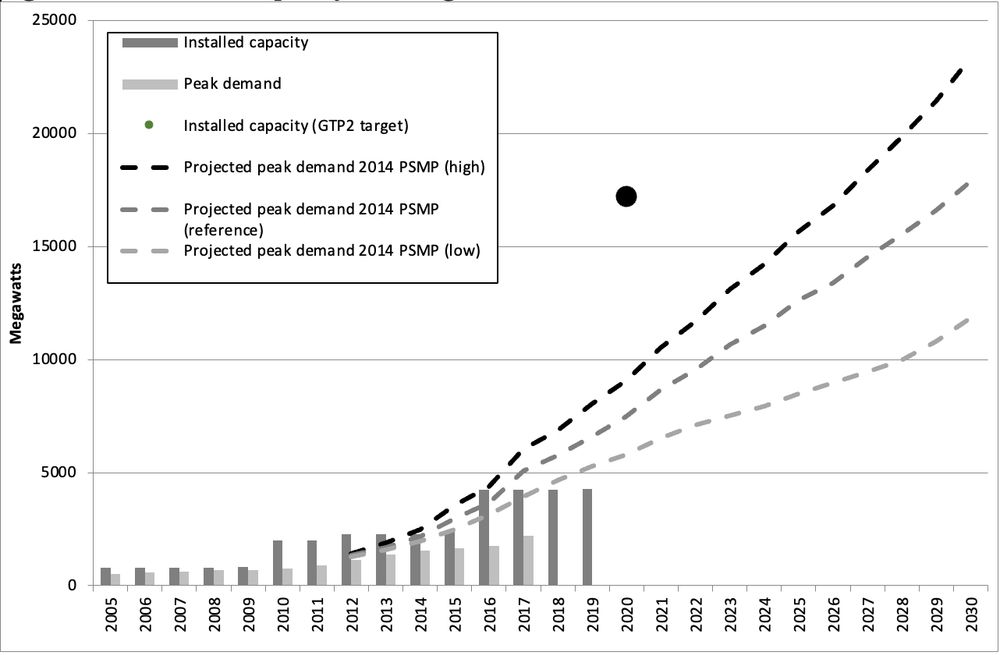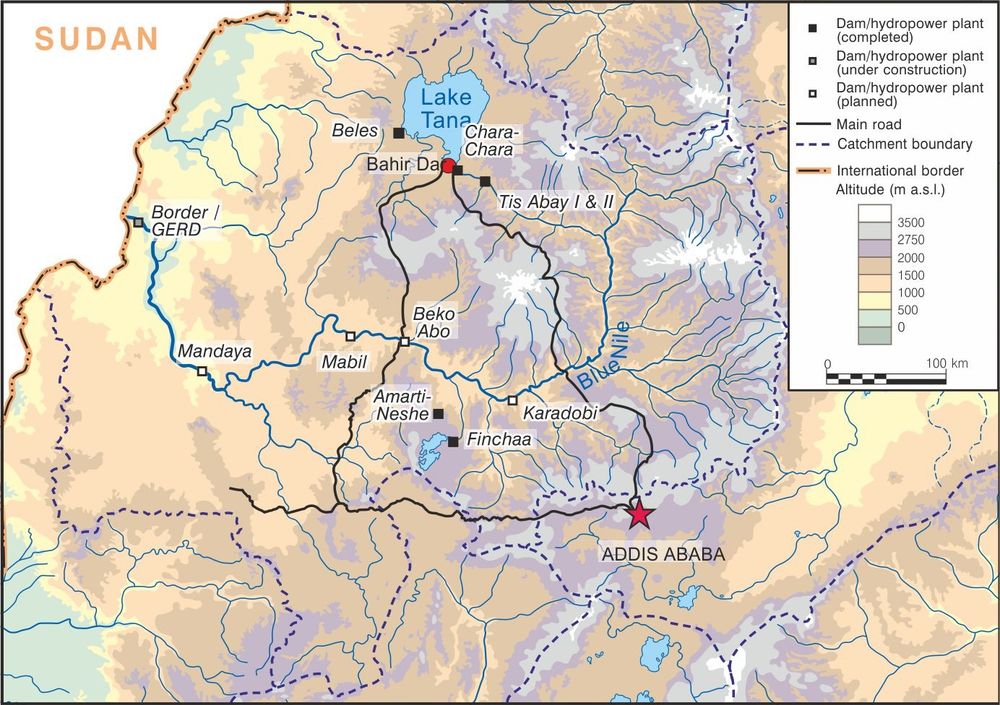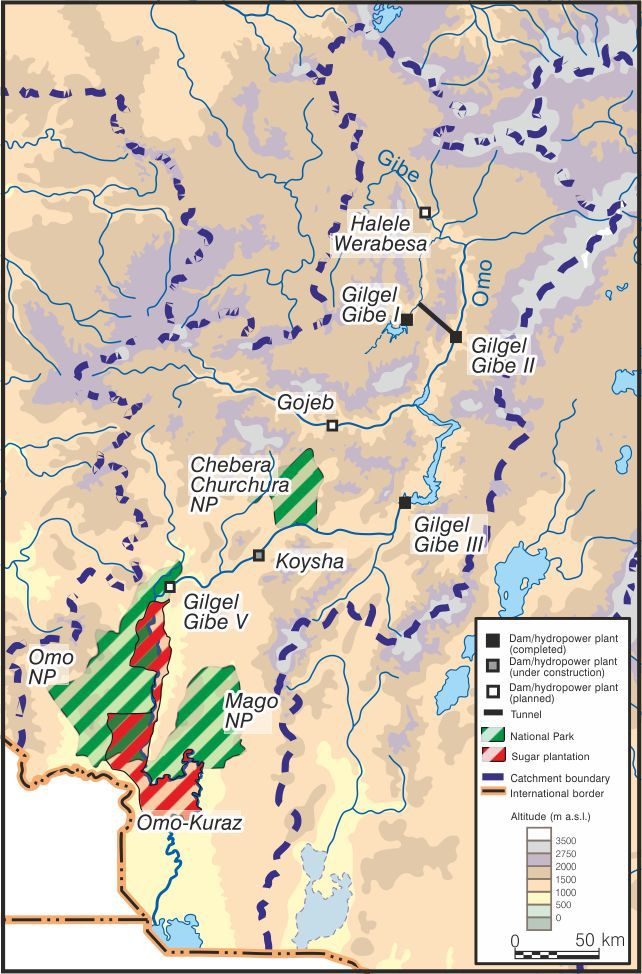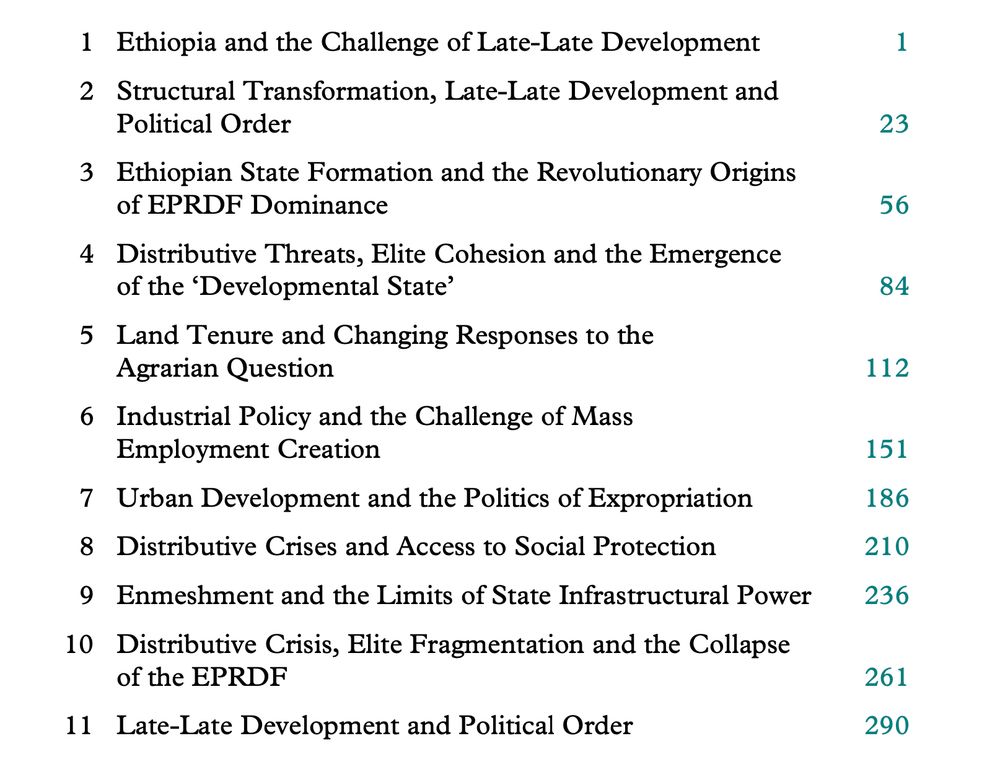Biruk Terrefe Emanuele Fantini Luca Puddu & Edegilign Hailu fdslive.oup.com/www.oup.com/...


Biruk Terrefe Emanuele Fantini Luca Puddu & Edegilign Hailu fdslive.oup.com/www.oup.com/...





@terrefebiruk.bsky.social @globaldevinst.bsky.social @oupacademic.bsky.social


@terrefebiruk.bsky.social @globaldevinst.bsky.social @oupacademic.bsky.social







